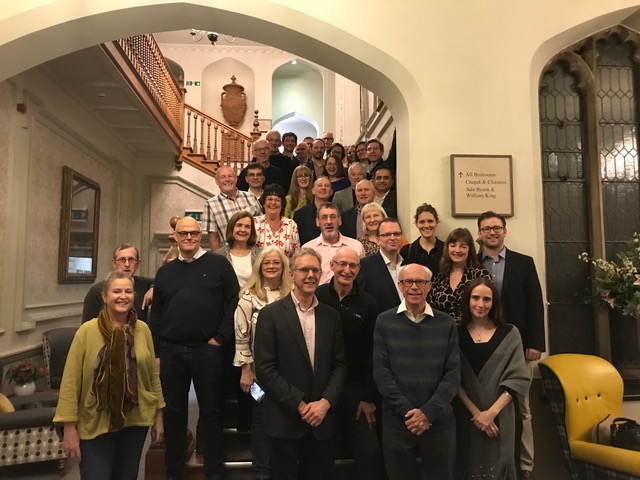Report from HARI group by Barbara Butzeck
In September 2019 the application from the HARI group to build a EULAR task force on classification criteria was accepted. Patrick Kiely as convenor of the task force organized an excellent 3-days-meeting in London in late January 2020. Members of the task force are rheumatologists, hepatologists, haematologist, GPs, nurses and patients from 11 countries, including Australia and USA. At the first evening Patrick explained the difference between diagnostic and classification criteria which are standardized definitions to create well-definded homogenous cohorts for further clinical research. Day 2 started with a summary of the systemic literuature review SLR from Stephanie Finzel and Svenja Engelhardt from Freiburg, Germany. They showed what the medical literature tell us about the Characteristics of Haemochromatosis Arthropathy HA. In a great discussion between experts and patients candidate classification criteria items on patients‘ symptoms, investigation signs, imaging and histological characteristics were listed. To reduce this long list a so called Delphi process was performed by voting to include, amalgamate or discard items. A lively discussion leads to the definition of a original HA group with C282Y homozygosity and proof of iron overload either by high transferrin-saturation, iron load in the liver by MRI or liver biopsy or certain number of phlebotomies in the past. As control groups/mimics were defined: a) all other genotypes with or without iron overload, b) CPPD arthropathy, c) osteoarthritis.
The next step is to test the 15 candidate criteria items in a multinational, multicentre study with 150 cases in all 4 groups. After a biostasticial analysis of the data from cases and controls a validation cohort will be tested. The aim is to finalize the classification criteria in late 2021.

